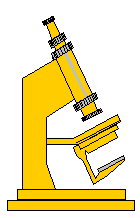 Homepage |
Manchester Microscopical & Natural History Society HISTORY |
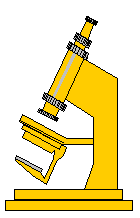 |
 Homepage |
Manchester Microscopical & Natural History Society HISTORY |
 |
|
|
||||
|
||||
|
|
||||
| Images
|
||||
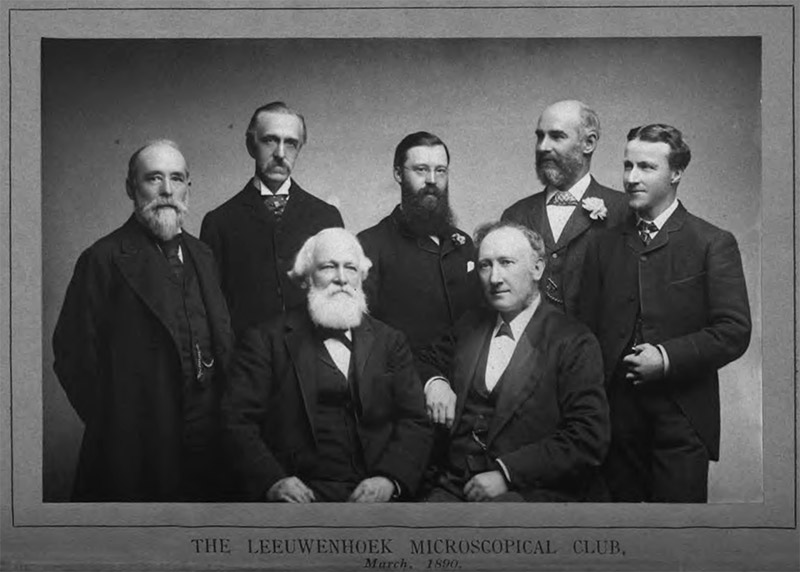 Leeuwenhoek Microscopical Club, March 1890. Left to right, Mark Stirrup, William Blackburn, John Barrow, John Boyd, John Tatham, Charles Bailey, and John B. Pettigrew (from Microscopist.net) |
||||
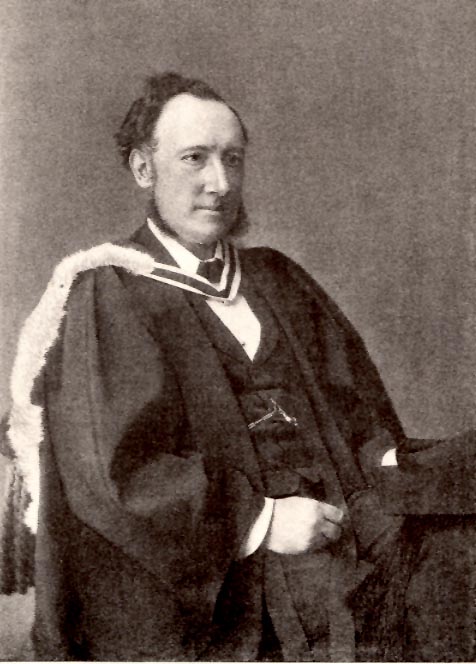
 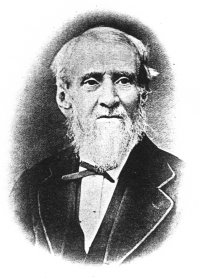 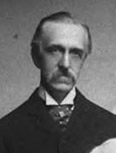 Tatham Boyd Brittain Blackburn 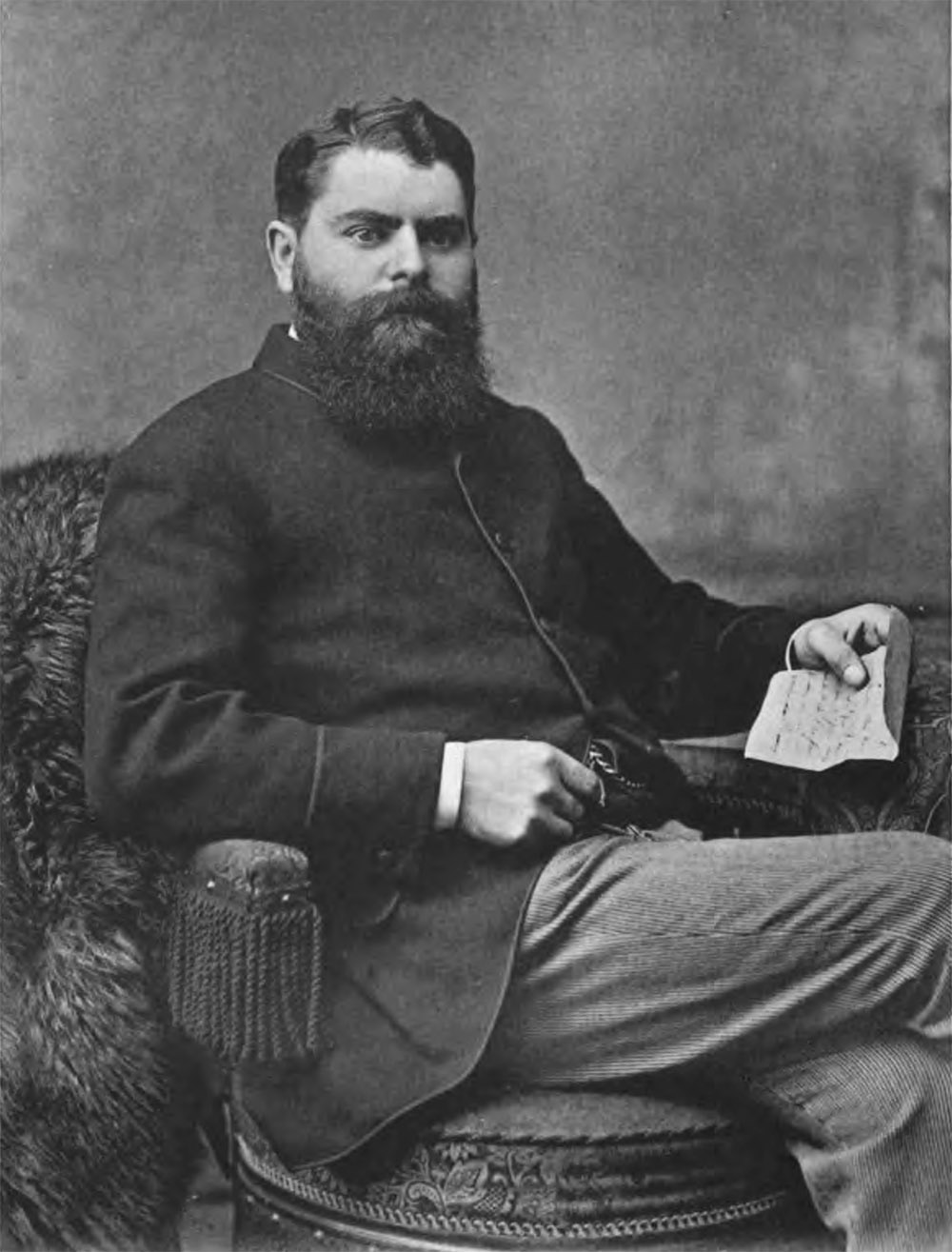 
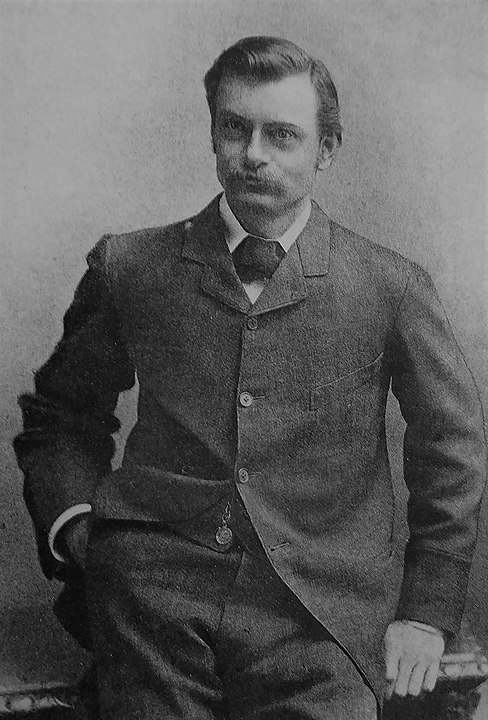
 Davies Miles Milnes Marshall Hickson  ....................
.................... 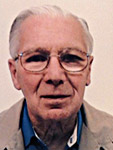 .. ..Weiss Winsby |
||||
|
References
Societies
Manchester,
as shown above, seemed to have 5 such bodies
almost co-existing (Manchester Lit & Phil
- Microscopical Section,
Leeuwenhoek Club, Lower Mosley Street Natural
History Society - Microscopical Section,
Manchester Circulating Microscopic
Cabinet Society, and the Manchester
Microscopical Society), so it is not
surprising that now in the 2020's it is
the UK centre for one of the largest
Microscopical Conferences in the world, harbours
a major Biomedical Imaging Facility, and one of
its University professors (Grace Burke) is
currently (2022) the President of the RMS! The
MMS is looking forward to celebrating 150
years in 2030. |
||||
| Mike Mahon |
||||
|
|
||||
| Top of Page | ||||
|
Page Last Updated - 18th May 2025 (MM) |
||||
| Articles |
1. MMS in the 1890s ...... by Anne Gilligan (MMS Librarian, 2020) In 1893 the Society had 245 members, mostly from the surrounding counties. Whilst many were associated with the Owens College, and the Hospital, others were from other establishments like the Department of Electrical Engineering at the Technical College, or were just the Men in the street (no females allowed). There was no barrier to joining except the Subscription of 6 shillings to be a member. This could be conveniently reduced if you just came to the Exhibition (which women were allowed to enter and observe). The Exhibition was advertised in the Manchester City News and Magazine. There were also “corresponding members” from Knutsford to Wellington New Zealand, from Bristol to Sydney ... not only in the British Empire but including the U.S.A. and Constantinople. Many of these were fellow members of other Natural History Societies. We sent them our Reports and Papers and they responded, so that the Pamphlets of the New York Academy of Science, and others, informed the Manchester folk of what was happening. Whilst the numbers at meetings averaged 30 men attending 8 meetings a year, including the Conversazione and the Soire, the Exhibition was open to the public, for a cost, which then added to the Society funds, as did advertisements in the Reports by local suppliers of microscopes etc. The Society library grew each year. The papers from various Societies were supplemented by donations from the members [often of expensive books, monographs, and Journals like the Royal Microscopical Society and the Quekett]. At each meeting papers from members or correspondence from friends was delivered which later found its way into the Annual Reports and Journal [cost of 1 shilling 6 pence, an extra 2pence if posted]. So, whilst in 1894 Mr R Simon suggested rather than travelling abroad, members should stay close to home and study bees; others preferred to travel around Britain on hoilday, bringing back samples of sand from Devon ... or in the case of Mr Chopin, to go off with dredge (home made) around Arran for deep sea species, of sponges and urchins ... Mr Chopin followed this up with a lecture in November 1894. Although without the Internet, they were not cut off from the outside world! It was brought into Manchester by the postal service. Mr W.E. Hoyle, Keeper of the Manchester Museum delivered a lecture on the latest deep sea investigations ... information on the “Challenger” expedition appears always to be of interest. Mr Abraham Flatters showed his lantern slides on Foraminifera. In June 1896 Edward Ward reported about a letter from Dr Schuster of Owens College, covering the latest news on the discovery X-Rays and their use in the scientific world, and Mr Hoyle keeper of the Museum showed negatives depicting a grass snake that had swallowed a mouse ( this image can be seen at Fig.13 here: https://www.microscopy-uk.org.uk/mag/artjan12/bs-WardE.pdf) The exchange of information between Societies, including the sending of Reports & Papers, gave the Manchester Microscopist a glimpse of the outside world . We were not just corresponding with other Microscopical and Natural History societies, but also Photographic Societies, a Lancashire Footpath Society, the New York Academy of Science, Trinidad Field Naturalists, and the Norwich Science Gossip Club to name but a few. There was a practical demonstration of “How to use the New Camera Lucida by Zeiss" given by Mr H F Alyward, a local supplier in Oxford St. Manchester, followed by discussion how to best use the instrument to draw your specimens. Mounting of displays, or how to display your collected items, were always requested as the basis of meetings; as a result a separate group within the society formed the Mounting Section. The majority of lectures and displays were listed in the Reports appearing in the ‘year end' booklets so we still have a great opportunity to learn from them. Mr Abraham Flatters, well respected local Microscopist and maker of slides [which are often sold today via Antique dealers and online auctions] several times displayed his own invention [a ringing table which would ring an oval or a square as easily as it would a circle] and demonstrated how to ring slides. Note: Mr Flatters regularly demonstrated to the Society. Members often brought-in materials to freely share amongst the group to examine at home at leisure ; from Australian Spicules, and Sand from around the world, to various Insects, specimens of Timber, Animal Tissue, Tropical Butterflies, Foraminifera, etc |
2. Eighty years ago this month! ......
by Anne Gilligan (MMS Librarian, December 2020)
|
3. 102 Years ago - Page in 'Modern
Microscopy' by Cross & Cole, 5th Edition 1922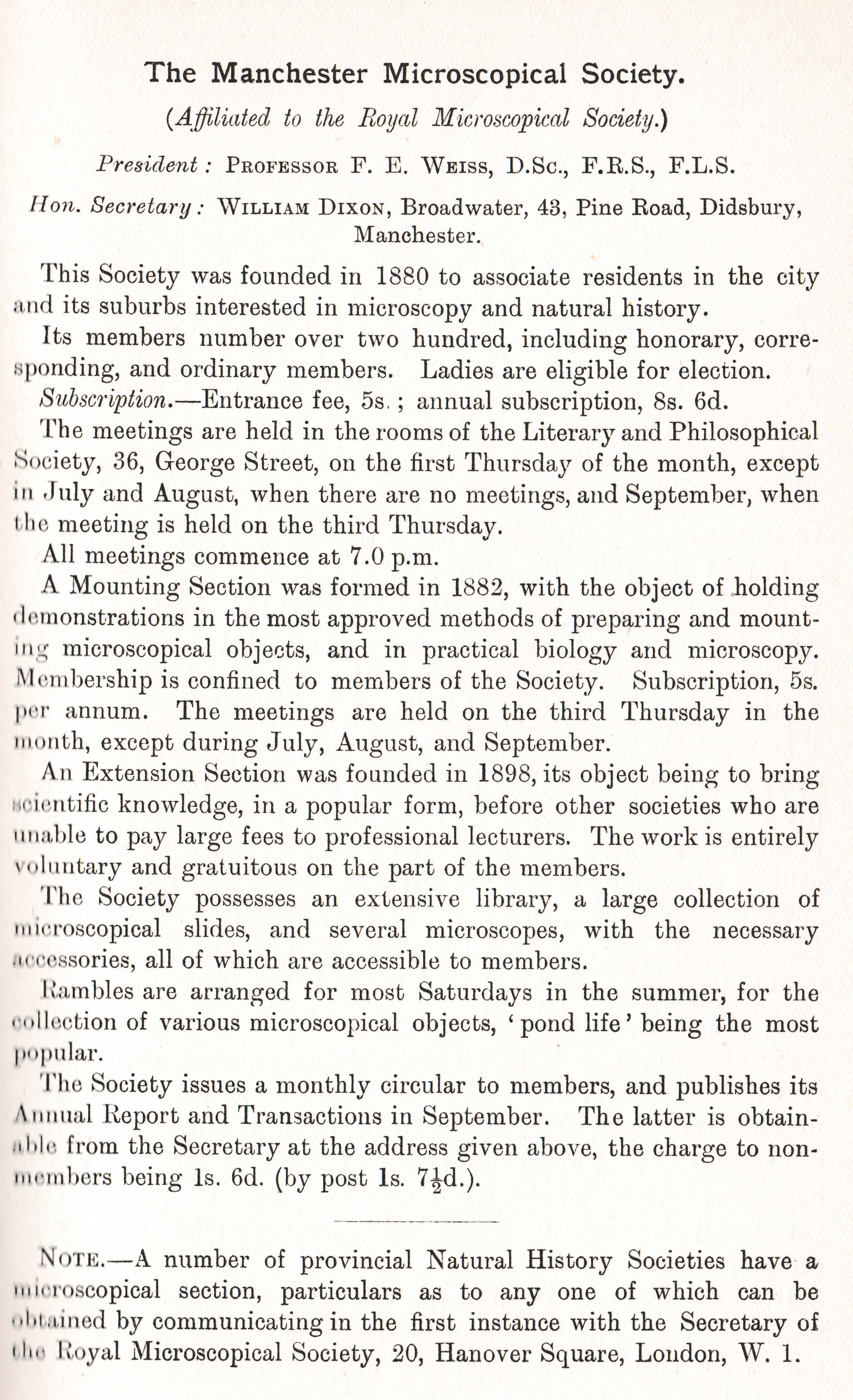 |